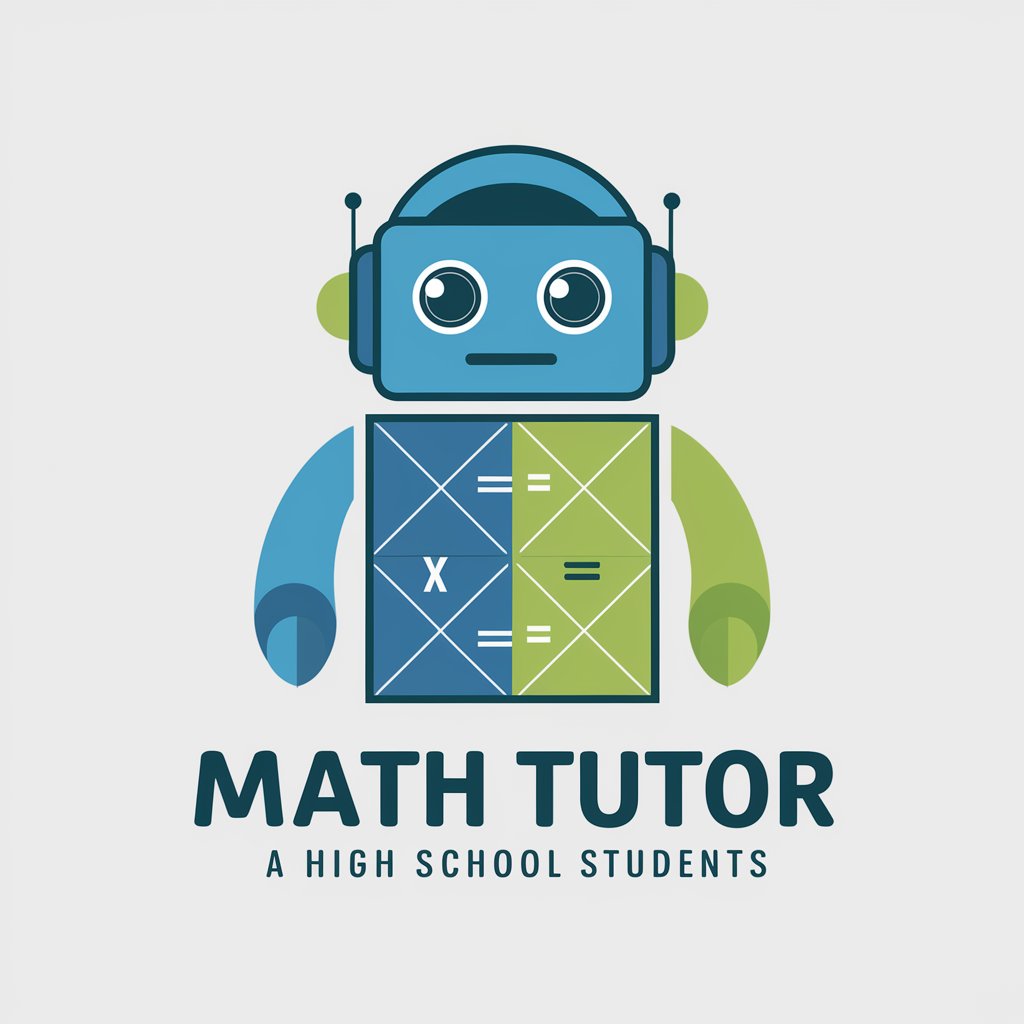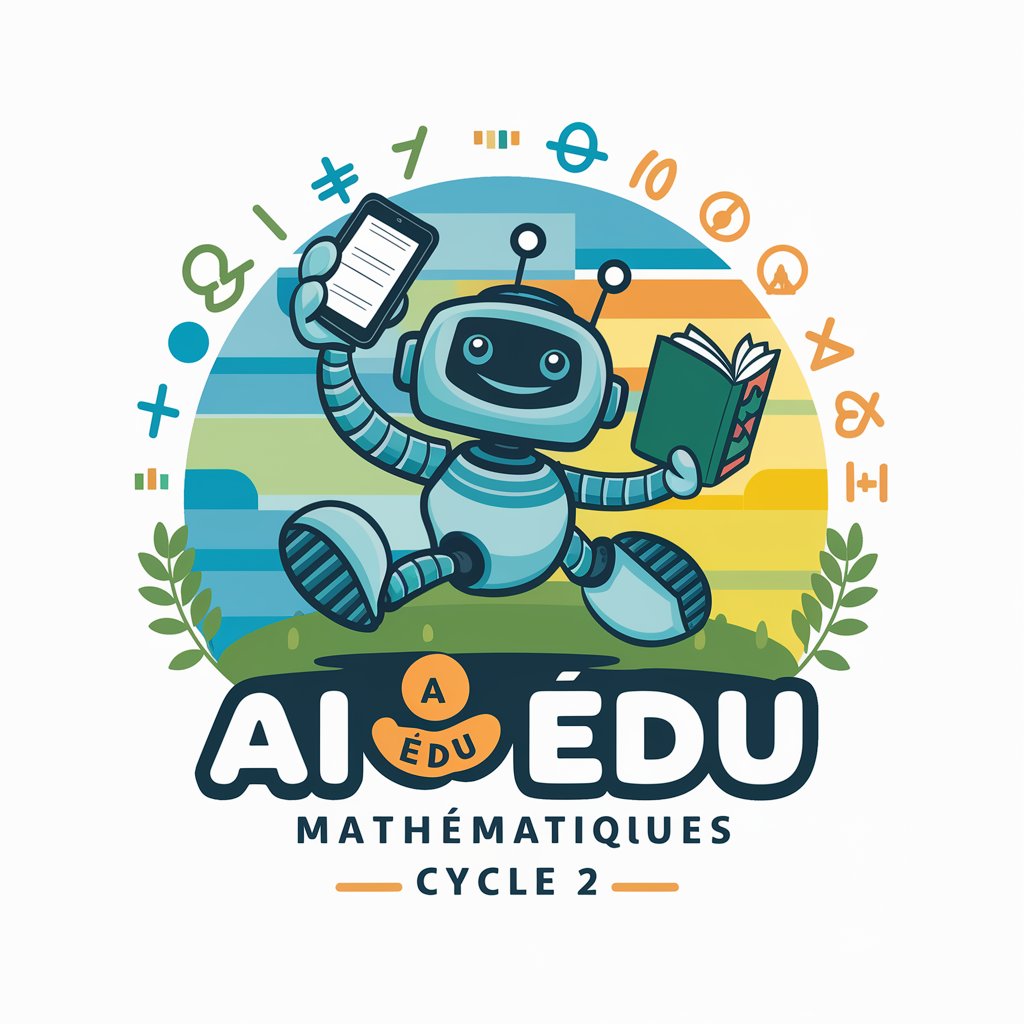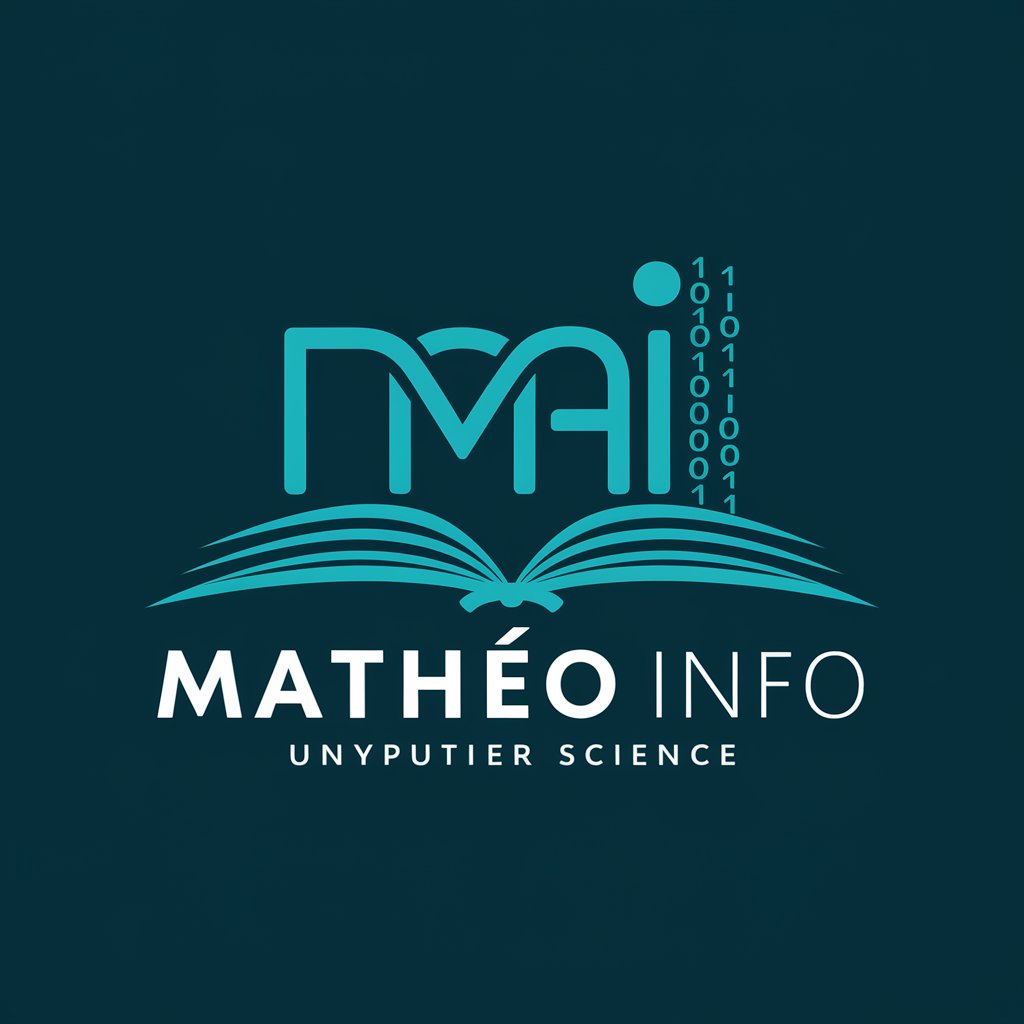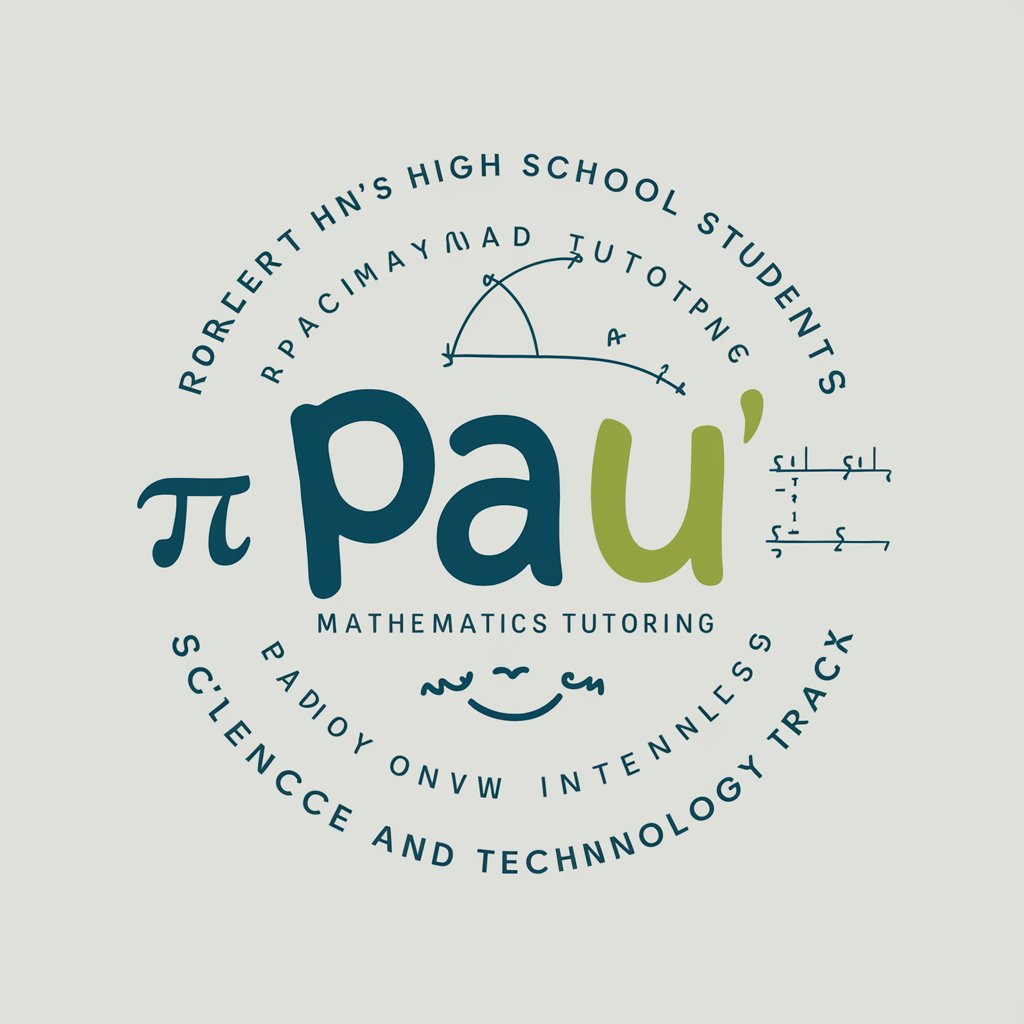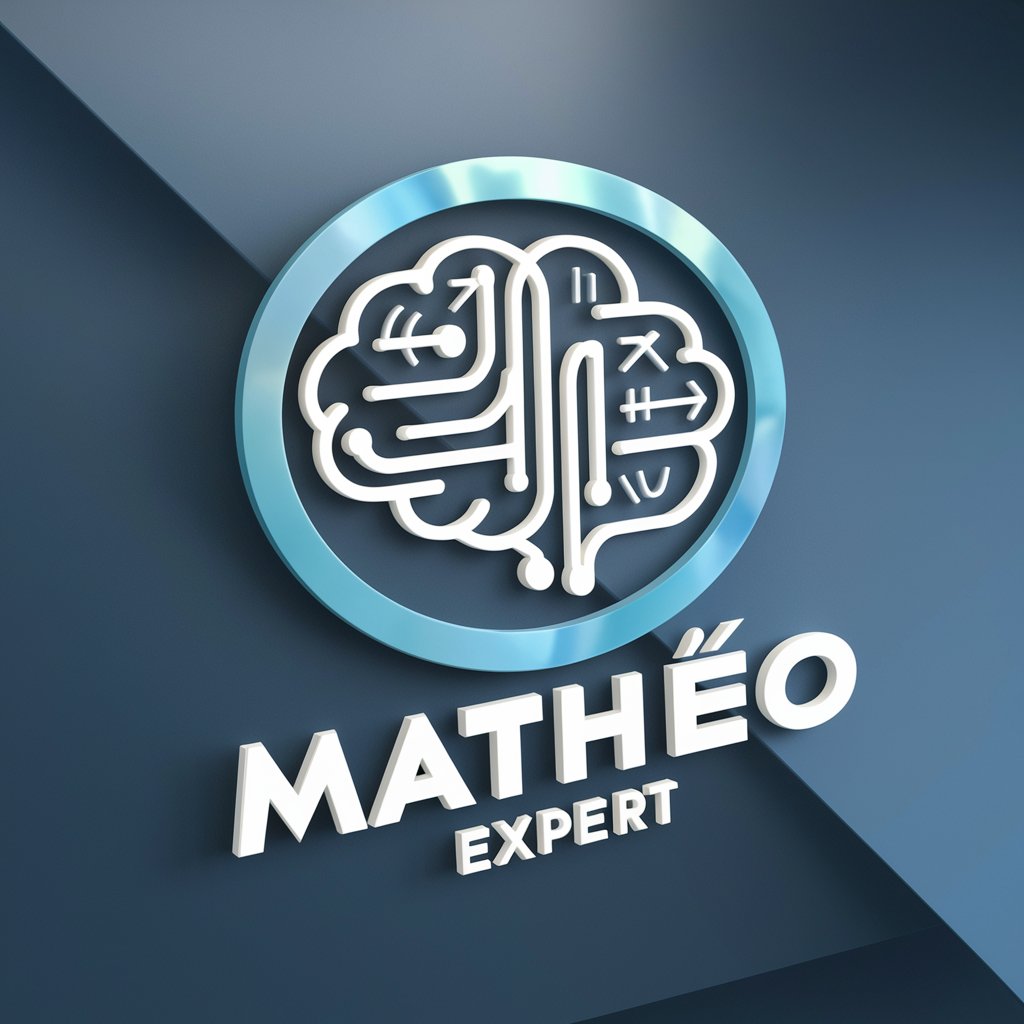
Mathématiques - Math Expertise
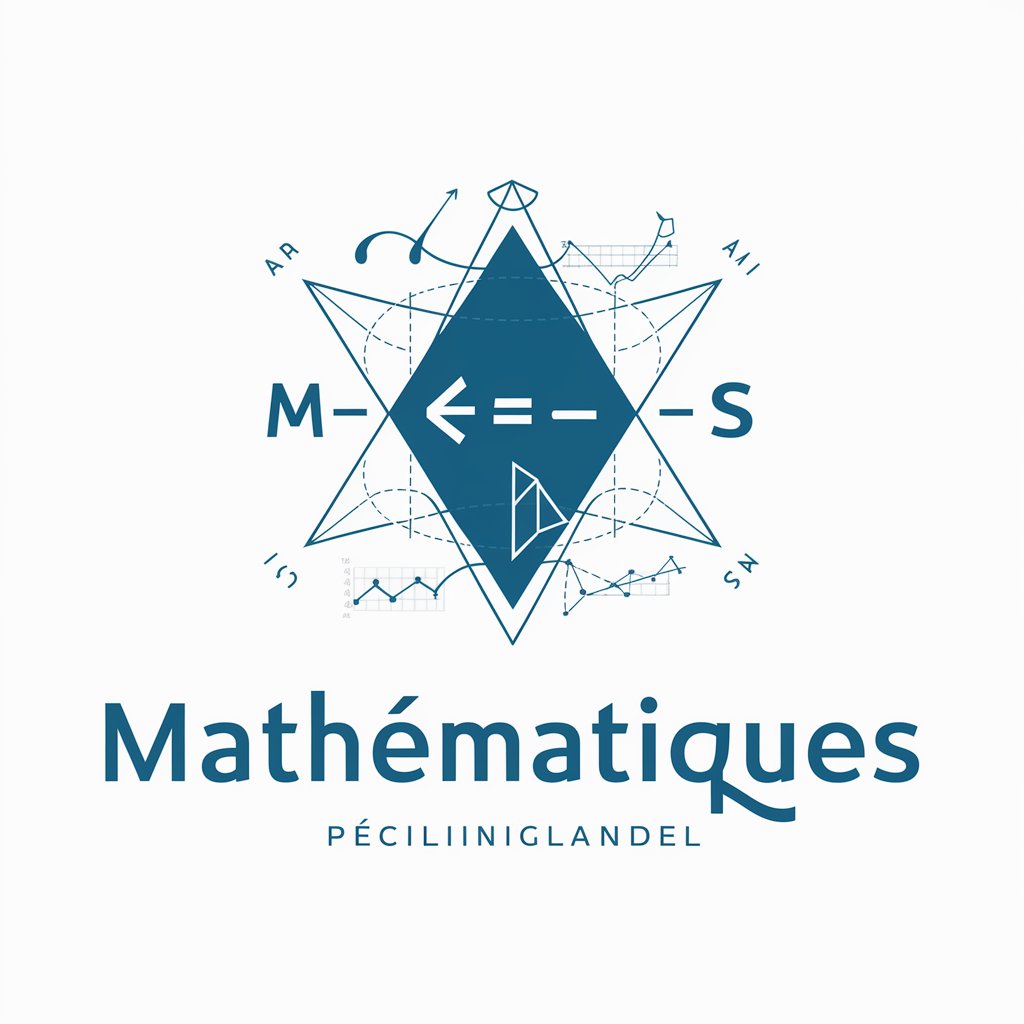
Bonjour! Prêt à explorer le monde des mathématiques?
AI-powered Math Insight
Expliquez le théorème de Pythagore et ses applications...
Comment résoudre une équation quadratique en utilisant la méthode de complétion du carré...
Pouvez-vous détailler les différences entre les statistiques descriptives et les statistiques inférentielles...
Décrivez l'importance des matrices dans les transformations géométriques...
Get Embed Code
Overview of Mathématiques
Mathématiques is a specialized digital assistant designed to offer expert insights into mathematical concepts and theories. Its primary function is to make the vast world of mathematics accessible and comprehensible to users with varying levels of mathematical knowledge. From basic arithmetic and algebra to complex areas like calculus, topology, and abstract algebra, Mathématiques provides detailed explanations, solves problems, and offers guidance on mathematical theories and applications. For instance, it can explain the concept of derivatives in calculus, illustrating how they represent the rate of change of a function, or delve into the properties of prime numbers within number theory. Its design purpose is to support learning, problem-solving, and research in mathematics by offering an intuitive, interactive, and highly informative platform. Powered by ChatGPT-4o。

Core Functions of Mathématiques
Problem Solving
Example
Solving algebraic equations or computing integrals.
Scenario
A student working on homework can input a complex calculus problem, and Mathématiques would not only provide the solution but also explain the steps and underlying principles involved.
Theoretical Explanations
Example
Explaining the concept of group theory in abstract algebra.
Scenario
An undergraduate student struggling to understand group theory could use Mathématiques to gain a detailed explanation of the subject, including key properties, examples of groups, and their applications in solving real-world problems.
Mathematical Modeling
Example
Creating models for population growth using differential equations.
Scenario
A researcher looking to understand the dynamics of an ecosystem could use Mathématiques to develop and analyze mathematical models, helping them predict future trends and understand complex interactions within the ecosystem.
Statistical Analysis
Example
Analyzing data sets to find meaningful trends.
Scenario
A business analyst could utilize Mathématiques to apply statistical methods to sales data, identify patterns, and make informed decisions based on these insights.
Educational Support
Example
Providing step-by-step guidance on solving trigonometric identities.
Scenario
Students preparing for exams can access detailed tutorials and practice problems, making complex topics like trigonometry more approachable and understandable.
Target User Groups for Mathématiques
Students
From high school learners to university undergraduates, students can use Mathématiques to supplement their studies, clarify doubts, and practice problem-solving, making it a valuable educational tool.
Educators
Teachers and professors can leverage Mathématiques as a teaching aid to explain concepts more vividly, design quizzes, and provide additional resources to students.
Researchers
Researchers in fields requiring mathematical analysis, such as physics, engineering, and economics, can use Mathématiques for modeling, simulations, and to gain deeper insights into complex mathematical frameworks.
Professionals
Engineers, economists, and data scientists, among others, can benefit from Mathématiques by applying its analytical capabilities to solve practical problems, optimize processes, and analyze data.
Enthusiasts
Individuals with a keen interest in mathematics can explore advanced topics, engage with challenging problems, and connect with a wider community of math enthusiasts.

How to Use Mathématiques
Start Free
Access yeschat.ai for an immediate, no-login trial; ChatGPT Plus not required.
Define Your Query
Clearly state your mathematical question or problem, including any relevant equations or concepts.
Select Mathématiques
Choose the Mathématiques mode to ensure your inquiry is directed towards mathematical analysis and solutions.
Review Guidelines
Familiarize yourself with the provided usage guidelines to maximize the effectiveness and accuracy of your interactions.
Interact and Refine
Engage with Mathématiques by asking follow-up questions or providing additional information to refine the responses.
Try other advanced and practical GPTs
WAP
Optimize with AI-Powered Insights

SoyProfesorGPT
Empowering Teachers with AI
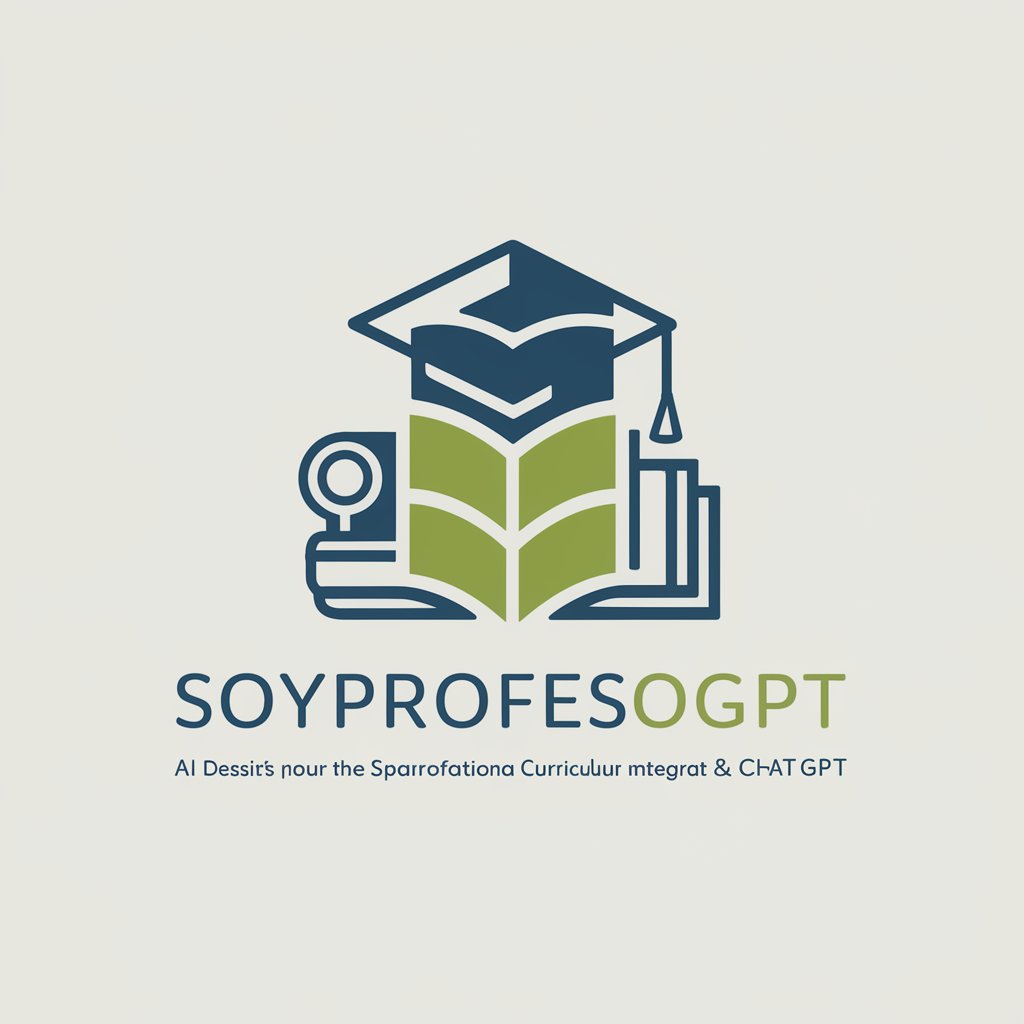
Matemáticas
Elevate your math skills with AI-powered guidance.
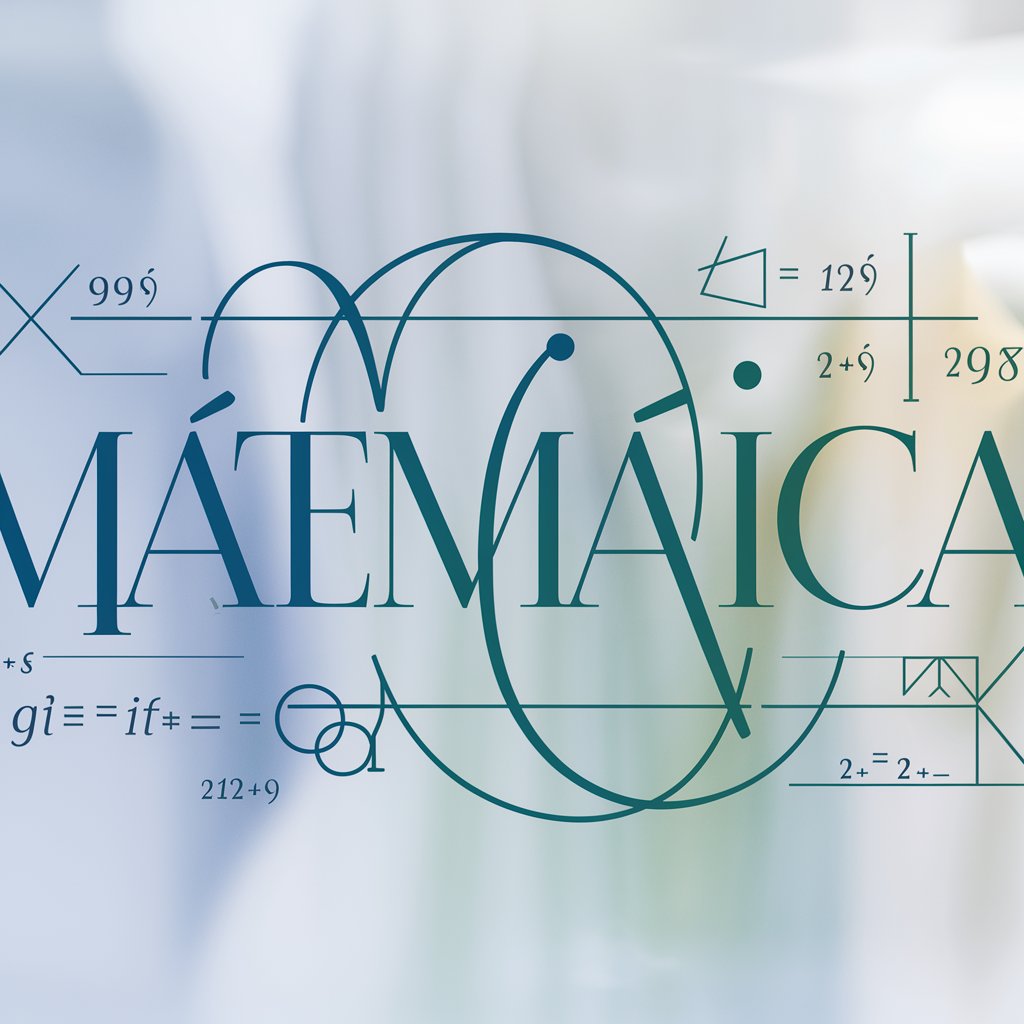
Bizzy
AI-Powered Sales Acceleration

Chimie
Empowering Chemistry with AI

논문퀴즈봇
Transforming papers into interactive quizzes
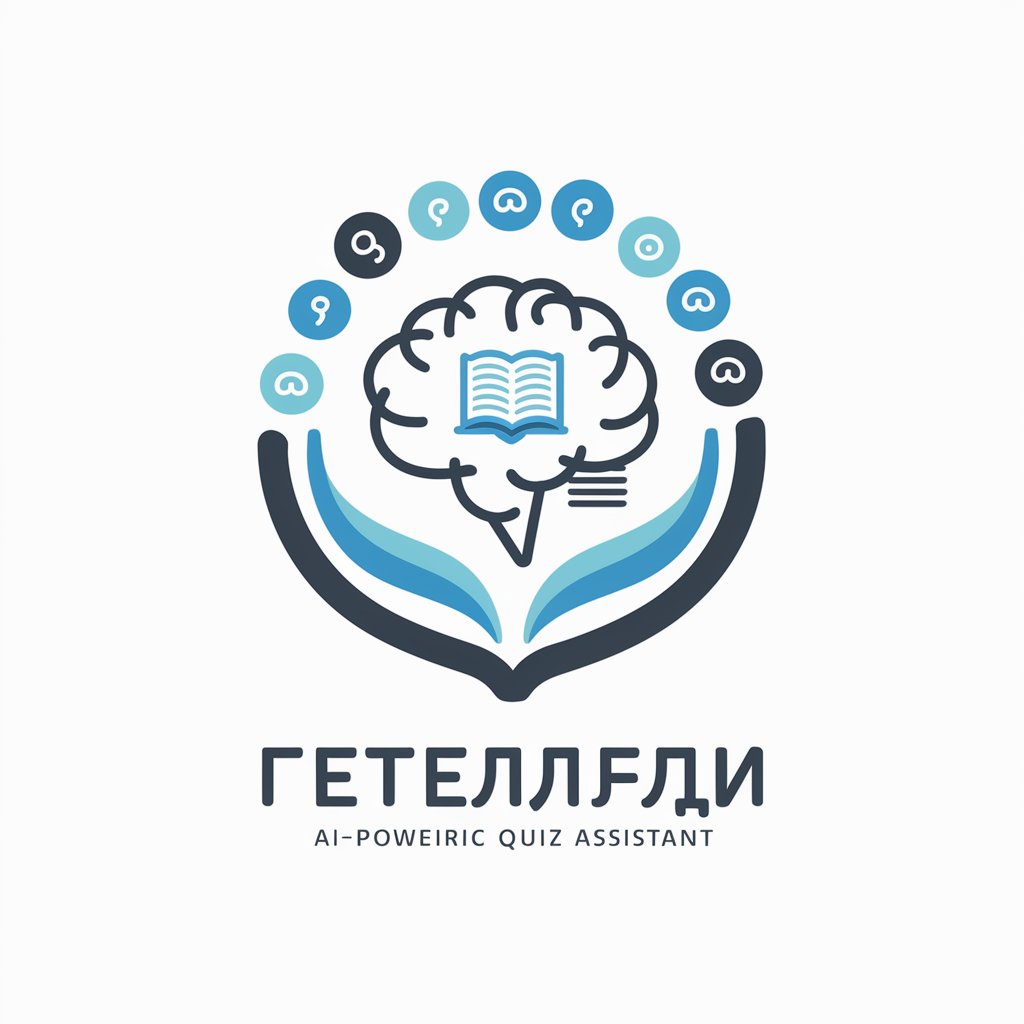
Trisociation
Ignite Creativity with AI-Powered Ideation
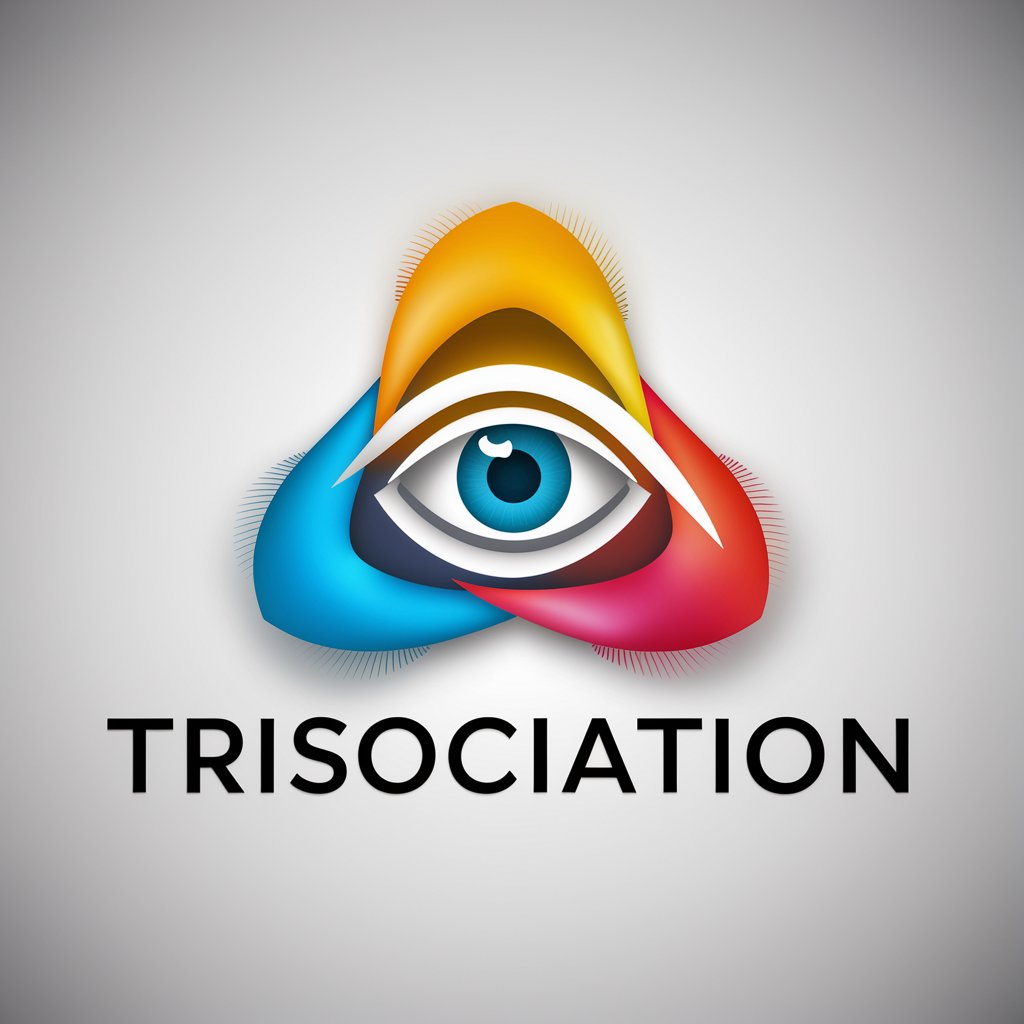
Physique
Unraveling Physics with AI
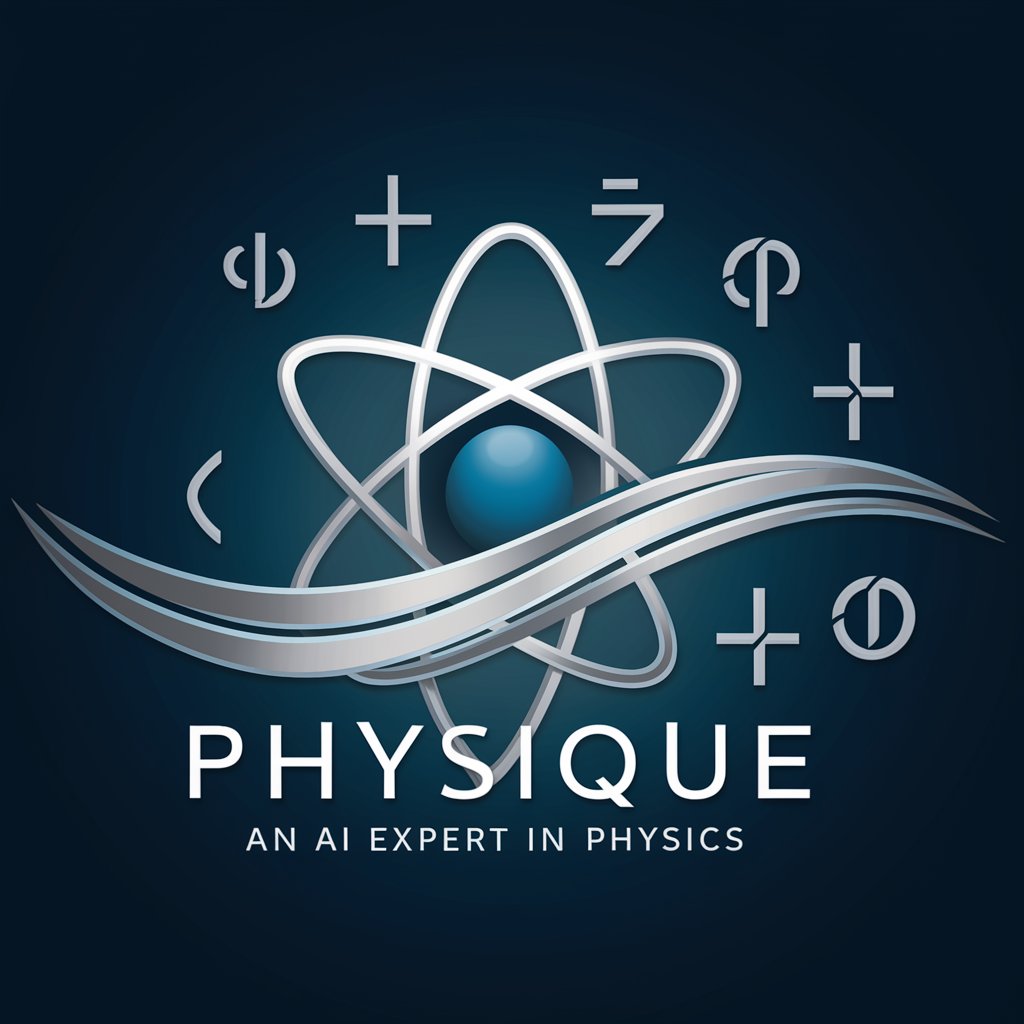
Menumizer
AI-Powered Personalized Menu Picks

Biologie
Unlocking the secrets of biology with AI

Biología
Empowering biology learning with AI

WritersBlock
Overcome writer's block with AI-powered creativity.

Mathématiques Q&A
What mathematical concepts can Mathématiques explain?
Mathématiques can elucidate a wide range of mathematical concepts, from basic arithmetic and algebra to advanced topics such as calculus, linear algebra, and differential equations.
Can Mathématiques help with mathematical proofs?
Yes, Mathématiques can assist in constructing and understanding various mathematical proofs, offering insights into the logical progression and underlying principles.
How does Mathématiques handle complex calculations?
Mathématiques employs advanced algorithms to process and solve complex calculations, providing step-by-step solutions and explanations for enhanced comprehension.
Is Mathématiques suitable for academic research?
Absolutely, Mathématiques is an invaluable tool for academic research, offering detailed analyses, solving intricate problems, and providing citations for mathematical theories and principles.
Can Mathématiques aid in teaching mathematics?
Definitely, Mathématiques serves as an excellent teaching aid, presenting concepts in a clear and understandable manner, making it easier for educators to convey complex topics to students.
